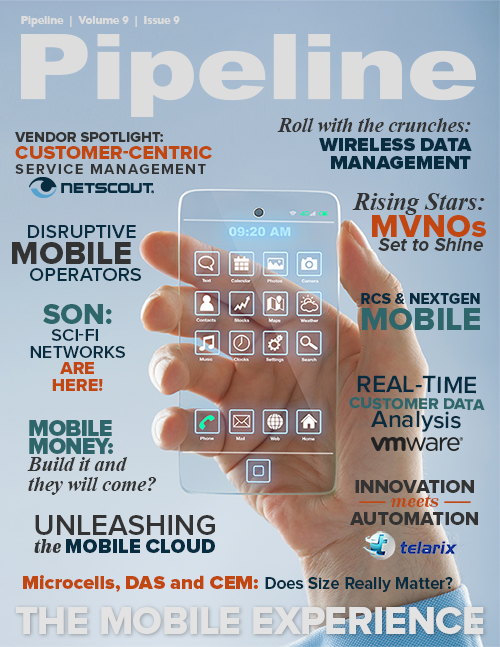Mobile Money: Build it and they will come?
By: Susana Schwartz

Whether they’re called “contactless payments,” “wave-and-pay” or “tap-and-go,” many mobile-wallet ventures are emerging around the globe, but little momentum exists despite optimistic predictions.
Will mobile wallet be the door through which operators reach the much-hyped two-sided business models they hope to enable with OTT (over-the-top) players and financial institutions, or will it be another instance of a fruitless endeavor? How much energy, time and money should mobile operators invest in what are clearly complex service models? These are difficult questions to answer: virtually everyone sees the potential for value and monetization, but virtually no one sees an easy way to make it happen.
On the one hand, the numbers are encouraging. Gartner, for example, estimated the transaction value of mobile payments to be $171.5 billion last year, and expects a 42 percent annual growth rate for what it predicts will be a $617 billion market of 448 million users by 2016. Juniper Research is even more optimistic, estimating $240 billion by the end of this year alone and a total transaction value in the range of $670 billion by 2015.
Despite the positive predictions, a patchwork of banking regulatory environments remains throughout the world, not to mention a multifarious array of access technologies, devices and cultural perceptions about mobile transactions. The lack of standardization across the board makes mobile wallet a somewhat overwhelming concept for both consumers and stakeholders. And even if key stakeholders are able to figure out the ecosystem and business models, who’s to say consumers’ loyalty to cash and credit cards can be overcome?Most people rely heavily on the “holy trinity” of cell phone, wallet and keys, and your typical American keeps a lot of plastic in their wallet: More than 176 million have credit cards, with an average of 3.5 cards per person, according to a 2009 survey conducted by the Federal Reserve Bank of Boston. Furthermore, the credit bureau Experian reports that 15 percent of American cardholders have more than seven cards, which sounds impressive until you consider that Nadir Mohamed, CEO of Canadian carrier Rogers Communications, told a local newspaper last fall that the average Canadian carries 22 credit cards.
Regulatory, technological and human challenges like these are the reason why any talk of “killer apps” is being placed on the back burner for at least a few more years. But to mobile operators investing in near field communication (NFC) technology, that can seem like eons, especially when factoring in the speed with which OTT players are branching out — or talking about branching out, anyway — into everything from telephony and banking to retail and more.
For mobile operators to secure their positions as “enablers” in emerging mobile-money business models, they have to make sense of where they stand today and where they’ll be headed tomorrow. Retail payment is where the rubber will meet the road, but the reality is that simple ticketing applications are the only area in which mobile wallet has gained traction in developed markets.
It’s fairly easy to assume that mobile money transactions will be significant in emerging markets where money transfers and prepaid top-ups are valuable. In fact, in the EMEA region (Europe, the Middle East and Africa) money transfers already comprise 54 percent of all mobile payment transactions, while prepaid top-ups constitute 32 percent, according to Gartner.
But in North America and Western Europe the majority of the mobile payments market thus far consists of purchases and transactions made via the mobile apps of “e-tailers” like Amazon and eBay, which is why many believe that merchandise purchases involving e-commerce will drive NFC transactions in those regions. With their strong online storefronts, Amazon and eBay may eventually turn to mobile operators to help them extend their mobile reach.





















